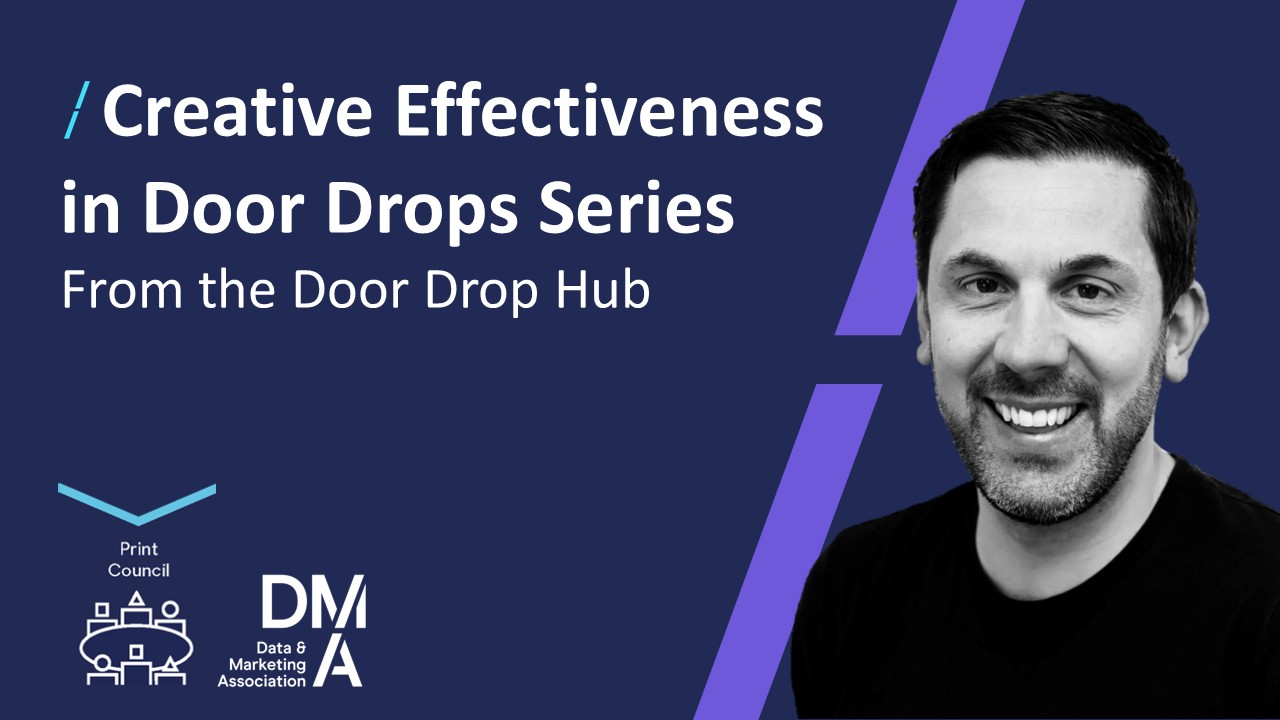RTB and Its Relationship With Time
14 May 2015

Some RTB accounts we manage are only intended to run for a short period. This could be to complement an event or season (think retail and Christmas!) or because clients want to inject some spend into their marketing budget at the end of a quarter. Although RTB can see fast results and has a world of avenues to target that desired user, I believe it is time that is the secret ingredient that turns a good campaign into a great one. Using the similarities between the development of an account and the growth of a relationship, this blog explains how time is of the essence when it comes to RTB.
Timeline of optimisation
First dates and facing the unknown

Image by Tumblr
Just like the start of a relationship, we're walking into the unknown and testing the waters. Feelings and account performance are both intense and ever-changing at the beginning. Hence why, on both fronts, a cautious eye is really important. We make sure we regularly conduct these three optimisation tricks straight from launch:
1. Just like a relationship we can't rush into things, despite the excitement! The unpredictable nature of RTB means we need to start adjusting bids immediately to ensure we spend our budget evenly. We want uniformity until we've developed enough data to make judgements on what's performing well and what's performing poorly. The graph below is an example of an account in the first few weeks from launch. As you can see the performance can fluctuate massively month on month!
2. Another crucial optimisation trick in the early stages of a budding relationship is to be on the lookout for warning signs – are they stingy tippers? Are they tardy at texting? Can they hack a horror? In an account this equates to pulling placement reports. Placement reports show the sites our display adverts have appeared on. We use them to find sites to block; i.e. sites that aren't returning the clicks and conversions we expect. In the early days of a romance something small can have a massive impact; similarly here blocking a URL can lead to quick-wins in regards to display results.
3. Like getting to know someone, the first few weeks of running a new account is a learning curve. Nearing the end of the first chapter of an account we are beginning to see electrifying trends! We are looking out for CTR, CPM, conversion outliers. This is when we can start thinking about upping and/or lowering bids to reflect this performance.

Example of RTB performance in first few months: impressions and clicks by day
3-6 Months: Getting to know the real them
Breathe. The scary yet exciting rollercoaster ride of the start of a relationship/account is over. Things are looking a little more settled and calm. We've started seeing more predictable, gentle progress to the account. We're getting into a groove, and we have enough trust (read: data) to carry out new optimisation tasks. Learning more about an account's personality means we can get down to the nitty gritty and begin committing to a few more data-based moves.
1. In a relationship this is when we discover more about our partners' history, personal hygiene, cute habits etc. Similarly in an account we can get to the bottom of how its KPI metrics such as CPA (cost per conversion) and CTR (click through rate) are performing. Using these reporting metrics, we can discover exactly what user and what content is the most responsive and expand the account into areas that we know will work well. We can then launch new category and third party audience targeting to find the optimal target audience and content for the account.
2. We can also understand some really fascinating bonus insights. As with every relationship, you discover more and more as time goes on. With an account, after a few months we begin to see really cool trends. For example we can discover what device, time of day, day of week, ad position, ad format (the list goes on and on) is the most responsive and tailor our display strategy to capitalise on this information. The graph below is an example of analysis we may start pulling at this point. Here we are analysing different ad types and how they perform on different devices.
3. All this data inspires trialling and testing trends that are coming up. You may ask; will I get on with the in laws? Account Managers may ask; would an 'above the fold' campaign make my budget work more efficiently?

Example of an account analysis: performance by ad type and device
6+ Months: It's love!
After an exciting first 6 months things are beginning to evolve into something really steady and serious. Adjusting bids and pulling standard optimisation reports becomes slightly less frequent and instead we begin looking into more advanced features and reporting that lead into more top level strategy that can in turn feed into other areas of the marketing mix like social or PR.
1. Sometimes, after 6 months of meeting someone things can get a bit stale. This is the time to put the effort in and change things up! For example youmay want to book your first couple holiday whilst Account Managers may want to carry out some ad analysis. After running a batch of ads for 6 months we can pull some swanky reports to discover what messages/images/calls to action have performed most successfully.
2. We also spend more time looking into Google Analytics and DoubleClick Campaign Manager. This is to gain more in-depth knowledge on the paths to conversions and path lengths so we can learn about what is the best targeting method for either initiating, assisting or completing a conversion. It also allows us to consider more advanced settings such as the look-back windows and the behaviour of a user on the site.
3. Finally with this stability we can begin introducing really fancy testing and features. What's their career ambition? What would it be like to move in with them? How much do your friends actually like them? For accounts this can include:
a. Dynamic ads. This means showing users different ads depending on their online behaviour and browsing history
b. Advanced mobile and video strategies
c. PMP set-up which allows us to target premium content. See my blog on the 'private marketplace' for more information.

Image by Amelia Tait, studentbeans.com
Time: the secret ingredient
Just like every phase of a successful relationship: the love for our accounts never fades. We spend time optimising the accounts right from the off, but what is clear is that the nature and method of this optimisation and love changes as the account matures and develops. Just like a good relationship is constantly flourishing, an account is always improving. Firstly steadying the volatile nature of a new account, moving on to making bigger informed changes and finally we can begin testing really cool features as well as gain more and more insights that we can feed back to the client. We at Periscopix believe that the longer we run an account the more time we have to improve the performance and so the secret ingredient to an RTB account has to be time! Want to know more about our relationship with programmatic? Give us a call today.
To view the article as written by Grace Kaye on Periscopix's blog, please click here.



1.png)

Please login to comment.
Comments